How Do Populations Grow And Change In An Ecosystem?
Why Written report Population Growth?
Population ecology is the written report of how populations — of plants, animals, and other organisms — modify over time and space and interact with their surroundings. Populations are groups of organisms of the same species living in the same area at the aforementioned time. They are described by characteristics that include:
- population size: the number of individuals in the population
- population density: how many individuals are in a particular expanse
- population growth: how the size of the population is changing over time.
If population growth is only one of many population characteristics, what makes studying it so important?
Starting time, studying how and why populations abound (or compress!) helps scientists make better predictions virtually hereafter changes in population sizes and growth rates. This is essential for answering questions in areas such equally biodiversity conservation (east.thousand., the polar bear population is declining, but how speedily, and when volition it be and then small that the population is at gamble for extinction?) and human population growth (e.thousand., how fast will the human population abound, and what does that mean for climate change, resource use, and biodiversity?).
Studying population growth also helps scientists sympathize what causes changes in population sizes and growth rates. For instance, fisheries scientists know that some salmon populations are declining, just do not necessarily know why. Are salmon populations declining considering they have been overfished past humans? Has salmon habitat disappeared? Accept ocean temperatures changed causing fewer salmon to survive to maturity? Or, mayhap even more than probable, is it a combination of these things? If scientists practise not understand what is causing the declines, information technology is much more difficult for them to practice anything about information technology. And recollect, learning what is probably not affecting a population can exist as informative every bit learning what is.
Finally, studying population growth gives scientists insight into how organisms collaborate with each other and with their environments. This is particularly meaningful when considering the potential impacts of climatic change and other changes in environmental factors (how volition populations respond to changing temperatures? To drought? Will one population prosper after another declines?).
Ok, studying population growth is of import...where should we start?
Population Growth Basics and the American Bison
The American Plains bison (Bison bison) is an iconic symbol of the American West. It is estimated that the plains region of the United States originally supported a population of fifteen to 100 million bison (Dary 1989, Shaw 1995). Throughout the 1800'southward, hunters aided past advancements in transportation and weaponry decimated the wild bison populations, and by 1889, only most ane thousand bison remained (Hornaday 1889).
The US government, forth with private landowners, began attempts to salvage the American bison from extinction by establishing protected herds in the belatedly 1800's and early 1900's. The herds started small, but with plentiful resources and few predators, they grew quickly. The bison population in northern Yellowstone National Park (YNP) increased from 21 bison in 1902 to 250 in only thirteen years (Figure 1, Gates et al. 2010).
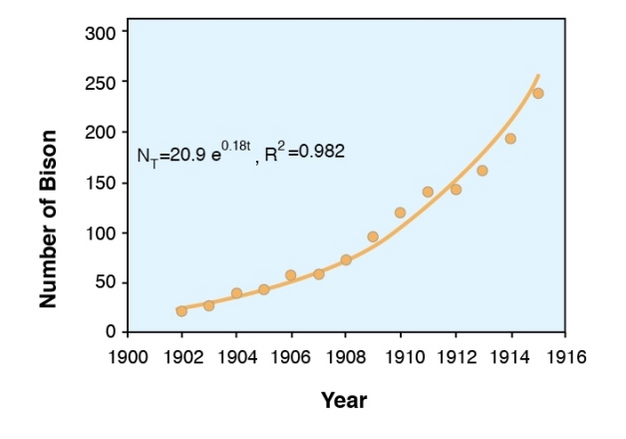
Figure one: The American bison population in northern Yellowstone National Park grew exponentially between 1902 and 1915.
After being driven virtually to extinction in the 1800s, the population began growing over again due to conservation efforts implemented past governments and private landowners in the early 1900s.
© 2012 Nature Education Adapted from Effigy 6.3 in Gates et al. 2010. All rights reserved. ![]()
The yearly increase in the northern YNP bison population betwixt 1902 and 1915 can be described as exponential growth. A population that grows exponentially adds increasingly more individuals as the population size increases. The original developed bison mate and have calves, those calves grow into adults who have calves, and then on. This generates much faster growth than, say, adding a constant number of individuals to the population each yr.
Exponential growth works by leveraging increases in population size, and does non require increases in population growth rates. The northern YNP bison herd grew at a relatively abiding charge per unit of eighteen% per year between 1902 and 1915 (Gates et al. 2010). This meant that the herd only added betwixt 4 and nine individuals in the first couple of years, simply added closer to fifty individuals past 1914 when the population was larger and more individuals were reproducing. Speaking of reproduction, how ofttimes a species reproduces can bear upon how scientists depict population growth (encounter Figure 2 to learn more).
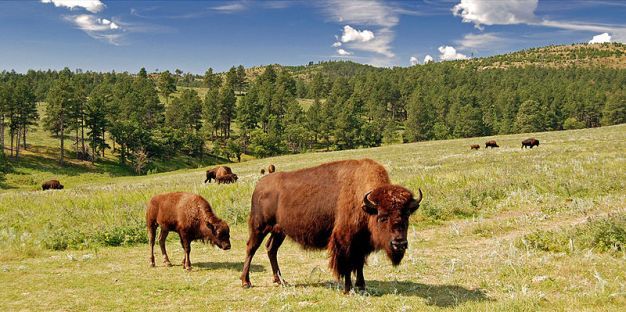
Figure ii: Bison young are born one time a year — how does periodic reproduction impact how nosotros describe population growth?
The female bison in the YNP herd all accept calves around the same time each year — in spring from April through the beginning of June (Jones et al. 2010) — so the population size does not increment gradually, but jumps up at calving time. This type of periodic reproduction is common in nature, and very unlike from animals similar humans, who accept babies throughout the twelvemonth. When scientists want to draw the growth of populations that reproduce periodically, they employ geometric growth. Geometric growth is like to exponential growth because increases in the size of the population depend on the population size (more individuals having more than offspring means faster growth!), merely under geometric growth timing is important: geometric growth depends on the number of individuals in the population at the beginning of each convenance flavour. Exponential growth and geometric growth are like plenty that over longer periods of time, exponential growth can accurately depict changes in populations that reproduce periodically (like bison) as well as those that reproduce more constantly (like humans).
Photo courtesy of Guimir via Wikimedia Eatables.
The power of exponential growth is worth a closer look. If you lot started with a unmarried bacterium that could double every 60 minutes, exponential growth would requite y'all 281,474,977,000,000 bacteria in just 48 hours! The YNP bison population reached a maximum of 5000 animals in 2005 (Plumb et al. 2009), but if it had continued to abound exponentially equally it did between 1902 and 1915 (xviii% growth rate), there would be over one.iii billion (1,300,000,000) bison in the YNP herd today. That'south more 13 times larger than the largest population ever thought to have roamed the entire plains region!
The potential results may seem fantastic, only exponential growth appears regularly in nature. When organisms enter novel habitats and accept abundant resources, as is the case for invading agricultural pests, introduced species, or during carefully managed recoveries similar the American bison, their populations often experience periods of exponential growth. In the case of introduced species or agricultural pests, exponential population growth tin can atomic number 82 to dramatic ecology degradation and meaning expenditures to control pest species (Figure three).
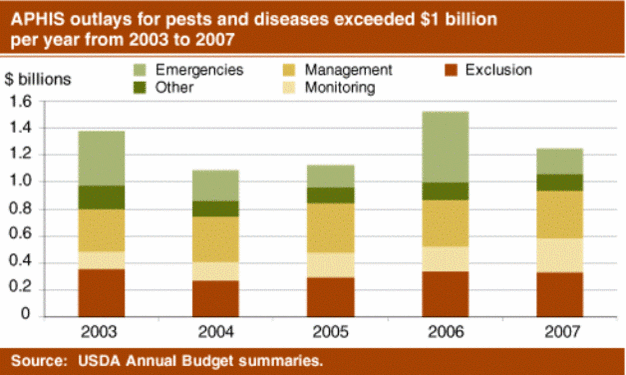
Figure 3: If this much money is beingness spent on something, information technology must be of import!
Agreement population growth is important for predicting, managing, monitoring, and eradicating pest and disease outbreaks. Many introduced species, including agricultural pests and infectious diseases, grow exponentially equally they invade new areas, and billions of dollars are spent predicting and managing the population growth and dispersal of species that have the potential to destroy crops, harm the wellness of humans, wildlife, and livestock, and affect native species and natural ecosystem functioning. APHIS is the Animal and Plant Health Inspection Service and is part of the United States Section of Agriculture.
© 2012 Nature Education From Livingston et al. 2008. All rights reserved. ![]()
Subsequently the Boom: Limits to Growing Out of Command
For every organism — whether institute, animal, virus, or bacterium — there is an platonic set of circumstances that would permit a population of that organism to grow, uninhibited, at the highest possible rate. Even if they temporarily achieve maximal rates of uninhibited growth, populations in the natural world eventually fall short of this platonic. For example, the northern Yellowstone National Park bison herd did non grow to ane.3 billion...why not?
Allow's think most the conditions that allowed the bison population to grow between 1902 and 1915. The total number of bison in the YNP herd could have changed because of births, deaths, immigration and emigration (immigration is individuals coming in from outside the population, emigration is individuals leaving to go elsewhere). The population was isolated, then no immigration or emigration occurred, pregnant just births and deaths changed the size of the population. Because the population grew, there must take been more births than deaths, right? Right, merely that is a simple way of telling a more complicated story. Births exceeded deaths in the northern YNP bison herd betwixt 1902 and 1915, allowing the population to grow, but other factors such every bit the historic period structure of the population, characteristics of the species such equally lifespan and fecundity, and favorable environmental weather, determined how much and how fast.
Changes in the factors that once allowed a population to grow can explain why growth slows or even stops. Figure iv shows periods of growth, as well as periods of refuse, in the number of YNP bison between 1901 and 2008. Growth of the northern YNP bison herd has been limited by disease and predation, habitat loss and fragmentation, homo intervention, and harsh winters (Gates et al. 2010, Plumb et al. 2009), resulting in a current population that typically falls betwixt 2500 and 5000, well below the one.3 billion bison that continued exponential growth could have generated.
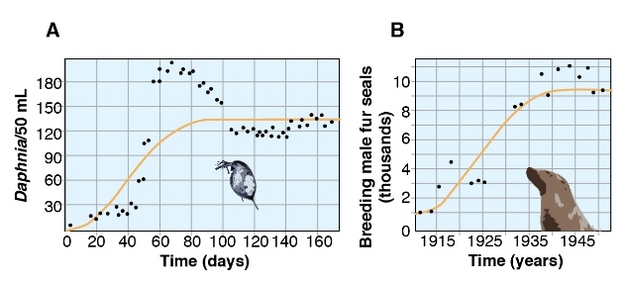
Figure 4: The YNP bison population has increased and decreased in size over the past century in response to factors such as illness, predation, habitat loss, human intervention, and environmental conditions.
Scientists with the National Park Service and Colorado Land Academy recently published these information showing both the number of bison counted in YNP on an annual footing (blue dots) and the number of bison removed from the population (grey columns) for the purposes of herd management. Management of the bison population in YNP has been fairly controversial — to learn more than about this controversy check out Plumb et al. 2009.
© 2012 Nature Education From Plumb et al. 2009 All rights reserved. ![]()
Factors that heighten or limit population growth can exist divided into two categories based on how each gene is affected by the number of individuals occupying a given area — or the population's density. Every bit population size approaches the carrying chapters of the surround, the intensity of density-dependent factors increases. For instance, competition for resources, predation, and rates of infection increase with population density and tin somewhen limit population size. Other factors, similar pollution, seasonal weather extremes, and natural disasters — hurricanes, fires, droughts, floods, and volcanic eruptions — affect populations irrespective of their density, and can limit population growth simply past severely reducing the number of individuals in the population.
The idea that uninhibited exponential growth would eventually exist limited was formalized in 1838 by mathematician Pierre-Francois Verhulst. While studying how resource availability might affect human being population growth, Verhulst published an equation that limits exponential growth as the size of the population increases. Verhulst's equation is commonly referred to as the logistic equation, and was rediscovered and popularized in 1920 when Pearl and Reed used it to predict population growth in the Us. Effigy 5 illustrates logistic growth: the population grows exponentially under certain weather condition, as the northern YNP bison herd did between 1902 and 1915, simply is limited as the population increases toward the conveying capacity of its environs. Bank check out the article by J. Vandermeer (2010) for a more detailed explanation of the equations that describe exponential and logistic growth.
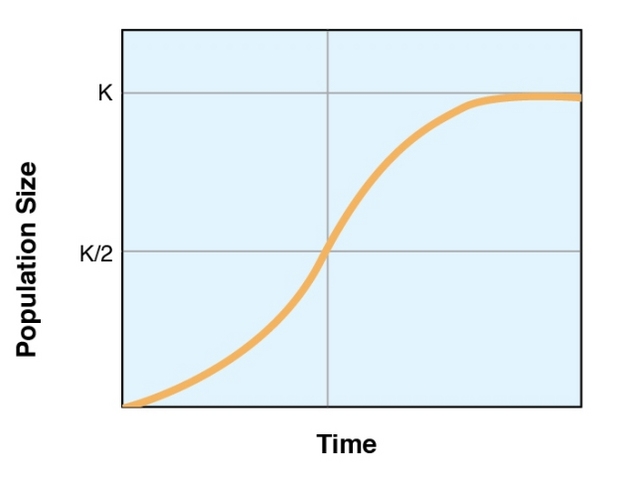
Figure 5: This curve describes logistic growth.
The population size grows exponentially for a while (like the bison in Figure 1), but then it slows down and levels off when equally it approaches the carrying capacity (One thousand).
Logistic growth is commonly observed in nature as well as in the laboratory (Figure six), but ecologists have observed that the size of many populations fluctuates over time rather than remaining abiding equally logistic growth predicts. Fluctuating populations generally exhibit a period of population growth followed a period of population pass up, followed by some other menstruum of population growth, followed by...you get the picture.
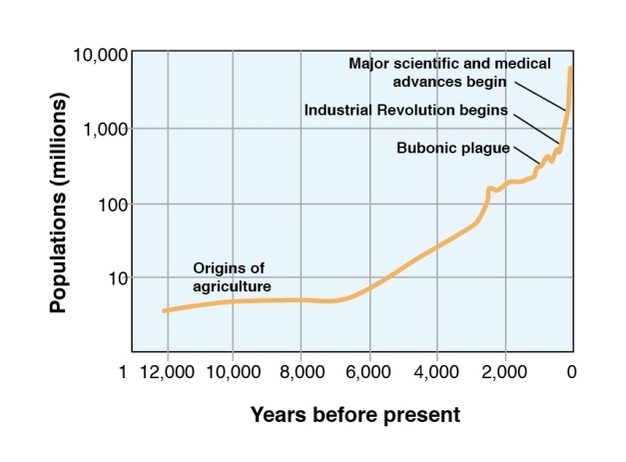
Figure six: Logistic growth curves as seen in existent populations.
Populations growing according to logistic growth are observed in laboratory populations (Paramecium and Daphnia) likewise as in nature (fur seals). In the Daphnia case, information technology appears that the population size grew to more than than 180 individuals and and then declined, leveling off at around 130–150 individuals. What factors might have caused this blueprint?
Populations can fluctuate considering of seasonal or other regular environmental cycles (eastward.g., daily, lunar cycles), and will also sometimes fluctuate in response to density-dependent population growth factors. For example, Elton (1924) observed that snowshoe hare and lynx populations in Canadian boreal forests fluctuated over time in a fairly regular cycle (Figure 7). More importantly, they fluctuated, one subsequently the other, in a predictable way: when the snowshoe hare population increased, the lynx population tended to ascension (plentiful food for the lynx!); when the lynx population increased, the snowshoe hare population tended to fall (lots of predation on the hare!); when the snowshoe hare...(and the cycle continues).

Figure seven: Typically populations don't just reach a conveying capacity and stay in that location—instead, they fluctuate.
Many populations, over time, exhibit periods of growth and decline. Cyclic changes in population growth tin exist caused by seasonal, or other ecology changes, or can be driven by density-dependent processes, such every bit predation, like the snowshoe hare and lynx instance depicted here.
It is also possible for populations to decline to extinction if changing conditions crusade decease rates to exceed nativity rates by a large plenty margin or for a long enough period of time. Native species are currently declining at unprecedented rates — i important reason why scientists study population environmental. On the other hand, as seen in the YNP bison population, if new habitats or resources are made available, a population that has been declining or relatively stable over a long catamenia of time can experience a new phase of rapid, long-term growth.
What about Man Population Growth?
One of the nigh challenging applications of population growth research is to predict human population growth. The human being population surpassed six billion people in 1999, and is expected attain ix billion before 2050. It is somewhat surprising to realize that it took all of human history for the human population to reach 1 billion people — which happened around 1800 — then a little over 100 years to double to two million, and merely twoscore years to double from iii to six billion! The recent explosive (think exponential!) growth has been facilitated by advances in agriculture, scientific discipline, and medicine, which take enabled more people to survive and have longer lifespans (Figure 8).

Figure 8: Does it surprise you that human being population size is growing exponentially?
This graph shows the explosion of human population over the last 10,000 years along with some relevant historical events. Recollect about the means that each of these events might have affected nascency and expiry rates of the human population. Note that the ten-axis represents years earlier the present (i.e., 0=present day).
The growth of the global homo population shown in Figure viii appears exponential, just viewing population growth in different geographic regions shows that the human population is non growing the aforementioned everywhere. Some countries, especially those in the developing globe, are growing quickly, but in other countries the human population is growing very slowly, or fifty-fifty contracting (Figure 9). Studying the characteristics of populations experiencing different rates of growth helps provide scientists and demographers with insight into the factors important for predicting hereafter human population growth, but it is a complicated task: in improver to the density dependent and independent factors we discussed for the northern Yellowstone National Park bison and other organisms, human population growth is affected by cultural, economic, and social factors that determine not but how the population grows, but also the potential carrying capacity of the Earth.

Figure 9: Global population growth is growing exponentially
Based on data from the US Census Agency'due south International Database, this figure shows human population growth in Republic of kenya and Nippon from 1950–2025 (projected). Human populations in Kenya are growing exponentially, merely human populations in Japan have slowed, and may fifty-fifty be declining. What blueprint do you expect for human population growth in the U.s.? In Mainland china? Become to http://www.demography.gov/ipc/world wide web/idb/ to go the data for whatsoever country that interests y'all, and make your own graph like the one to a higher place.
The idea that the human population might feel limits to growth was posed in 1798 in Thomas Malthus'due south "An Essay on the Principle of Population Growth" and has generated fence for over 200 years. Today, questions well-nigh the limits to human population growth remain unanswered. Volition the same factors that have already begun to limit growth in the world'southward more developed countries — failing birth rates, for instance — slow global human population growth? Or will growth proceed on an exponential path? If rapid growth continues, will the man population eventually approach the carrying chapters of the Earth, and be limited past increased disease and competition for resources? Scientists proceed to study the processes of population growth and census to gain insights into these important questions.
Source: https://www.nature.com/scitable/knowledge/library/an-introduction-to-population-growth-84225544/
Posted by: zornrompheight.blogspot.com


0 Response to "How Do Populations Grow And Change In An Ecosystem?"
Post a Comment